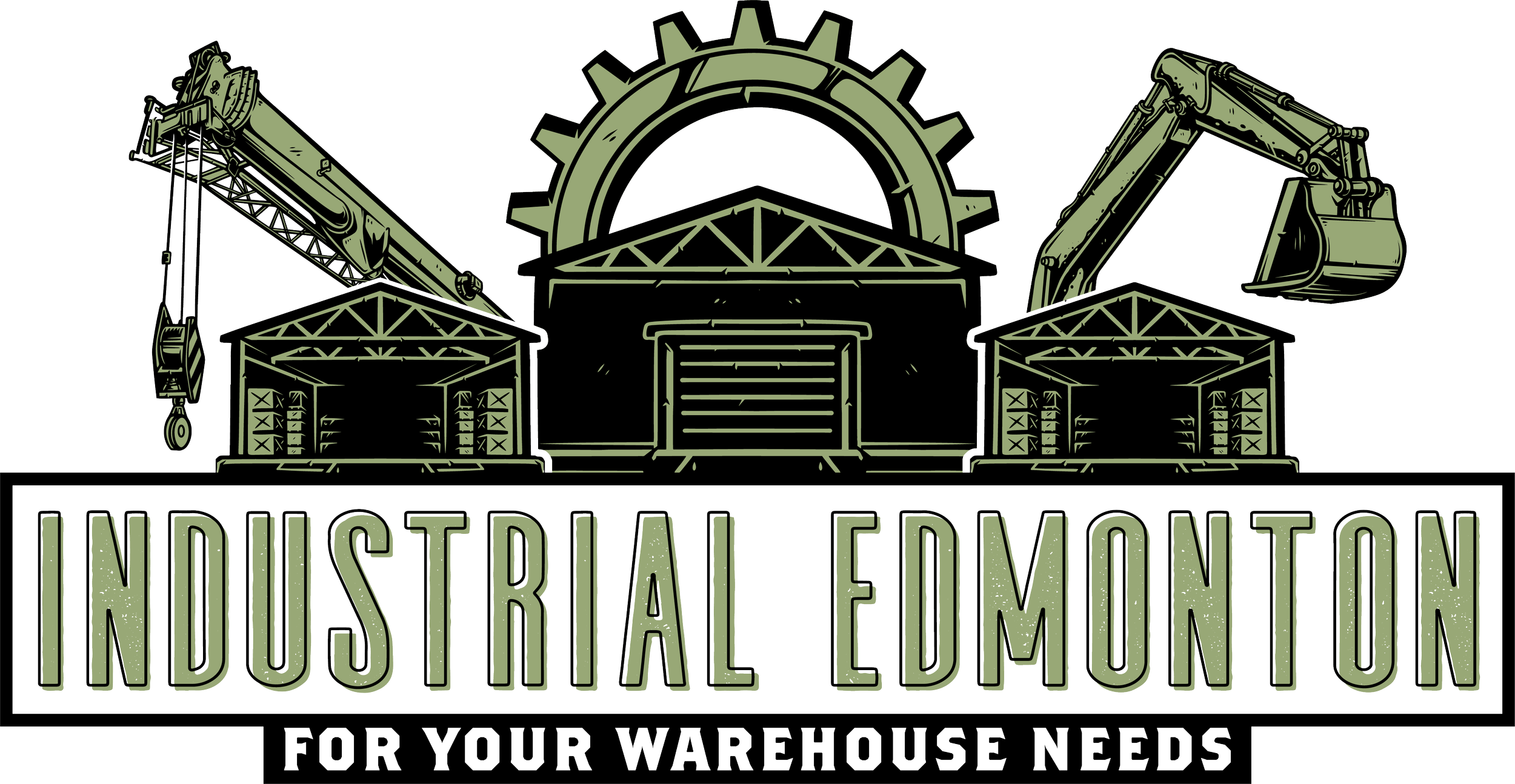Commercial tax rates continue to rise in Edmonton and Calgary; concurrently, their periphery markets ranked among most entrepreneurial in Canada.
I’d like to begin this post about a recent client I worked with who was trying to lease out their property located within the City of Edmonton. Their property taxes equaled an astounding $6.00 per SF in an area notoriously known for not having full city services. In a market that has seen record high vacancies, with City-wide average net industrial rents equaling approximately $8.75 per SF (Q1 2019), this is completely unsustainable. The City of Calgary is no better with numerous examples of property taxes more than doubling in the last five years; one specific client example is an industrial asset in Southeast Calgary whose taxes were $81,080 in 2012, and leaped to $198,926 in 2018! What!? While the taxes are collected from property owners, these costs often flow straight through to tenants or through the owner/operator’s business, and thereby onward to customers. Point being, this issue affects everyone.
Let’s begin with a history lesson:
Edmonton once had a business tax that required business owners to pay approximately $0.25 per square foot directly to the City. This was abolished in the late 2000s, however it was more or less converted into a new Landlord cost that was phased in over four years at $0.10 per year, effectively increasing the tax 60%. To add salt to the wound, following the completion of this four year roll out, another +/-10% was added overall, which has correlated into continual property tax increases for non-residential property owners.
Benchmark of $2.00 PSF in 2011. Data provided by York Realty Inc.
Now have a look at the charts shown below comparing Edmonton & Calgary to their surrounding counties and cities. It’s pretty easy to see where this taxation system was implemented, rain or shine, recession or recovery, on non-residential property owners. It’s one thing to have these jumps when vacancy rates are sub 3%, but when vacant space has been the name of the game for the past four years, the existing tenants and commercial property owners cannot be expected to carry the weight of City expenditures.
Source: Regional Dashboard
Source: Regional Dashboard
On average, the non-residential mill rates came down across the Province of Alberta in the early 2000s, but once this new system of taxation was rolled out, coincidentally around the time the Great Recession affected Canada, Edmonton and Calgary have experienced, for the most part, consistently increasing non-residential mill rates, despite market conditions, inflation, and population growth metrics. It’s quite evident from the above visuals why many of the largest recent developments in both Greater Edmonton and Greater Calgary have broken ground in the markets surrounding those major Cities. While Edmonton and Calgary bumped their commercial mill rates up, the periphery markets leveled out, thus creating the ultimate business and entrepreneurial advantage. I dove further into these discrepancies in a previous blog titled “Uncompetitive Taxes Shifting Millions of Square Feet of Development to Edmonton's Periphery Markets”.
In fact, according to the Canadian Federation of Independent Business (CFIB) report released April 2019 entitled, “Entrepreneurial Communities: Canada’s top places to start and grow businesses in 2018”, it suggests Edmonton suburbs are among the best places to start a business in Canada. The CFIB report ranked the Edmonton Periphery 10th overall among major Canadian cities (CMAs with population over 150,000). Conversely, the City of Edmonton came up short, ranking 82nd out of 125 total cities in Canada. The periphery market effect actually repeated itself all across Canada, the report noting “it is no surprise that suburban areas tend to score much higher than major urban core cities—the outer rings of major centres are usually better incubators of new businesses because of more accommodative public policy, lower relative costs and still-reasonably good access to large markets.”
In what appears to be a long, slow road ahead for the Alberta marketplace, it is essential that the City of Edmonton and the City of Calgary find ways to spend smarter, not harder, in order to improve the entrepreneurial mindset in these cities, increase business confidence, and slow the outward migration. Improvements in tax policy and permitting policy need to be at the forefront of planning, otherwise suburban markets will continue to be the path of least resistance.
Would love to hear your thoughts, leave your comments below, and please subscribe.

